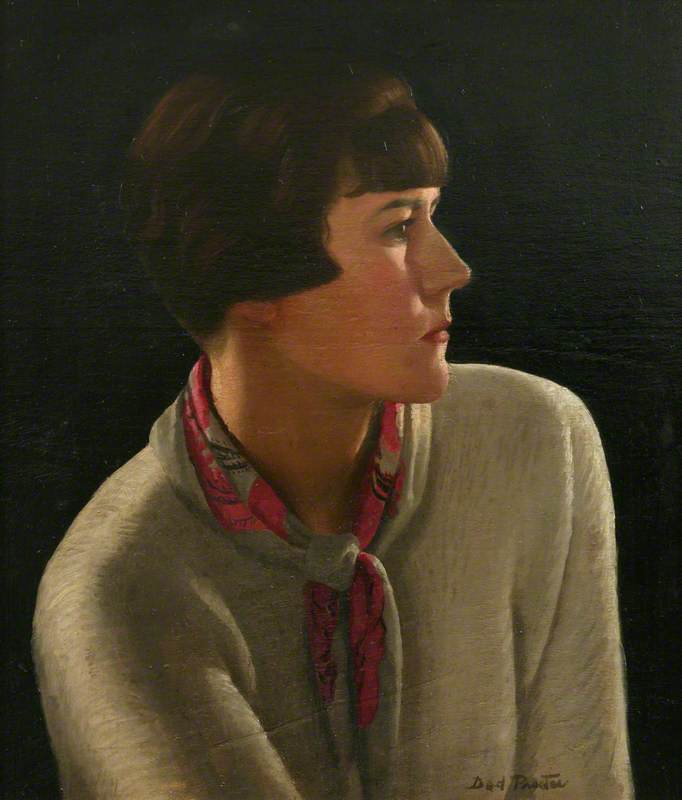
Text source: 'Artists in Britain Since 1945' by David Buckman (Art Dictionaries Ltd, part of Sansom & Company)
1892–1972
British

Text source: 'Artists in Britain Since 1945' by David Buckman (Art Dictionaries Ltd, part of Sansom & Company)
During the 1920s, Procter made portraits, usually of women, often in classical poses though usually with a soft focus creating an aura of sensuality. Somewhat radical for the time, the paintings’ eroticism caused some controversy; nevertheless, Morning (1926) was voted Picture of the Year at the RA Summer Exhibition in 1927. She also illustrated numerous texts, including A Penny for the Guy by Clare Collas, published in 1945.
A prolific exhibitor, Procter showed at the NEAC, NSA, Grosvenor Gallery and STISA (of which she became president in 1966). She was elected RA in 1942.